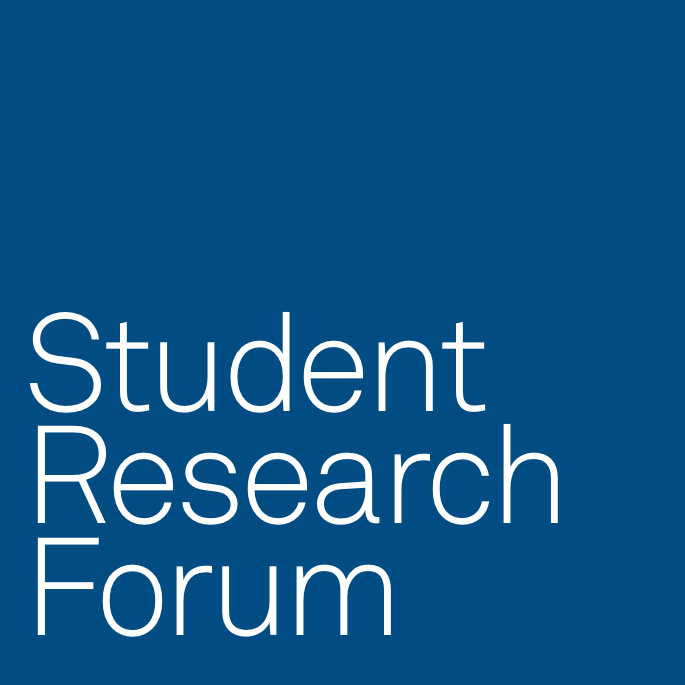|
|

|
|
|
For centuries, indigo dyeing has produced the world’s most brilliant blues. Its high regard rests not just in the varied hues it yields, but in the mystical transformation that occurs in the vat, where an unreactive pigment molecule is made reactive through reduction, and adheres to the fabric as it oxidizes. We will begin our symposium by laying out the science of indigo dyeing. Next, we will explore the global and temporal reach of the dyestuff, from the medieval period to the 21st century, within the Indian subcontinent, West Africa, the American Southwest, and East Asia. During the early modern era, indigo transformed the trade market between the subcontinent and Europe. Similarly, its colorfast quality quickly overshadowed Native recipes for blue in the Southwest, where it became one of the most precious dyes and predominant imports from Mexico. In medieval China and Japan, its value is visible in indigo-dyed paper sutras, which display spiritual and processual significance within Buddhism. In each of these case studies, we believe indigo’s historical significance is best understood when examined in conjunction with contemporary dyeing practices.
November 12, 12–1:30 pm

|
|
|
|
Mary Adeogun
“Experiments with The Living Dye Vat”
Jessie Mordine Young
“An Introduction to Indigo Production and Trade on the Indian Subcontinent: In the Early Modern Period and Present”
Juliana Fagua-Arias
“Coloring with Añil: Indigo in the Indigenous Textiles of the American Southwest”
Daria Murphy
“‘Deepening the Blue’: Examining Indigo Dyed Paper Buddhist Sutras from East Asia”
|
|
A Zoom link will be circulated the morning of the symposium.
Student Research Forum is a new series in which BGC students organize a mini-symposium to present their research on a common theme to the community.
|
|
COPY AND PASTE CODE BELOW TO MAILCHIMP
|